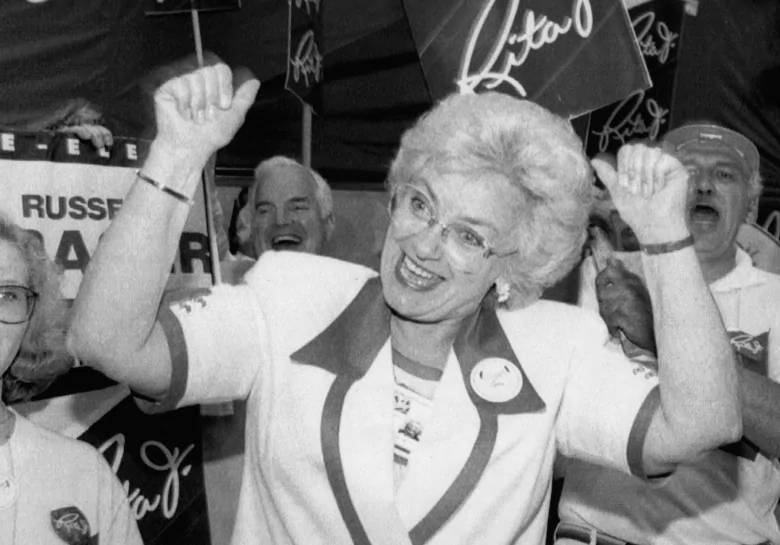Since 1990, less than one-in-ten provincial or federal party leaders have been people of colour, less than one-in-five have been women — and diversity in political leadership is not getting any better.

Political parties in Canada have a long way to go before their leaders begin to resemble the electorates they seek to lead.
Throughout Canadian history, almost all of the people chosen to lead provincial and federal parties have been white men. Even in more recent years, however, the leadership of political parties has failed to reflect the gender and racial diversity of the wider population — and parties don’t seem to be getting any better at it.
Winning a party leadership is no easy thing. Those who do usually have a few things working in their favour.
They are politically active, inside or outside of their parties. They have teams around them that support their leadership bids. They’re able to convince party members that they are the best people to speak for their parties — and that they have the so-called “electability” factor.
Studies show, however, that systemic obstacles prevent women and people of colour from getting involved in politics in the first place. For them, rising to the party leadership usually means overcoming obstacles and prejudices that white male candidates don’t face.
An analysis of data from the last few decades shows the result — and it isn’t pretty.
Since 1990, 175 leaders of provincial or federal parties have either led a party into an election in which it won seats, or (in the case of a shut-out) led into an election a party that had won seats in the previous vote. (This analysis has excluded territorial leaders, interim leaders or leaders of parties that did not win seats in an election.)
Only 18 per cent of these leaders were women. Just eight per cent were people of colour.
According to the 2016 census, 51 per cent of Canadians are women and about 27 per cent either self-identified as Indigenous or as visible minority.

Women began winning party leaderships in bigger numbers in the early 1990s. Rita Johnston, named leader of the British Columbia Social Credit Party in 1991, became Canada’s first female premier. Kim Campbell, who won the federal Progressive Conservative leadership in 1993, became Canada’s first and only female prime minister to date.
About 23 per cent of party leaderships decided between 1990 and 19

